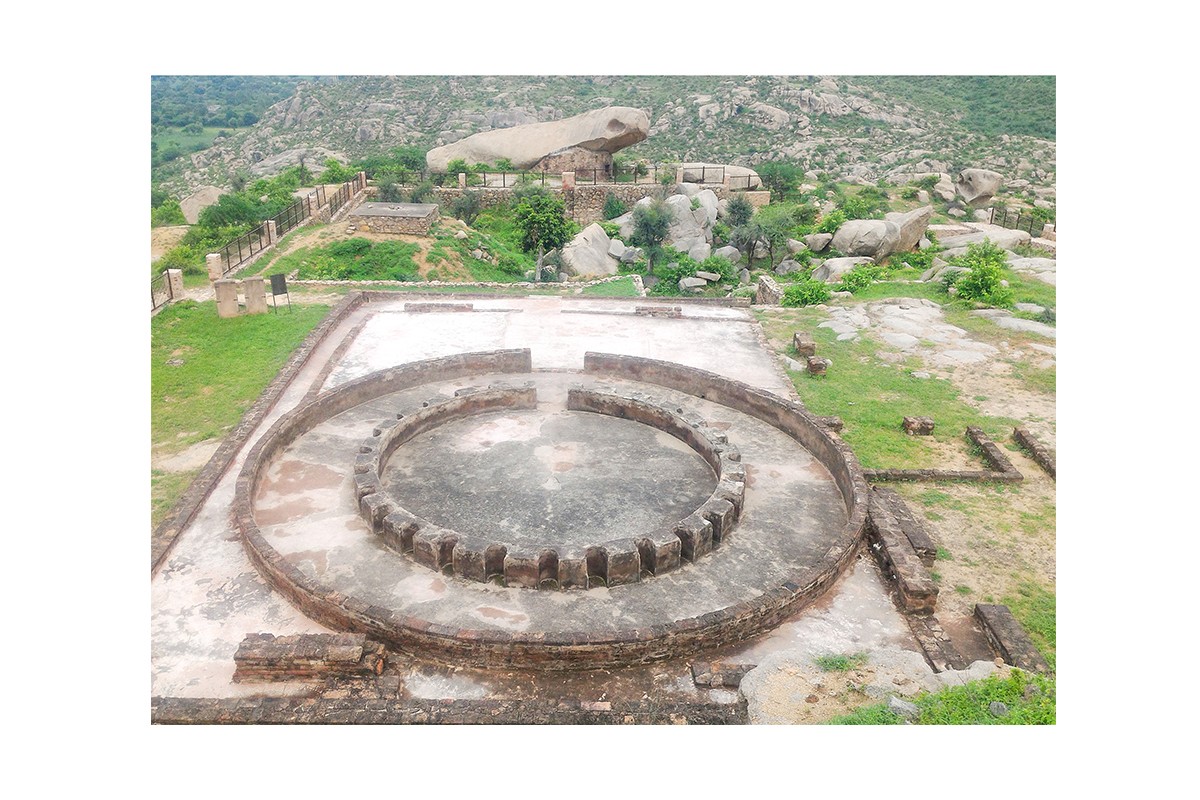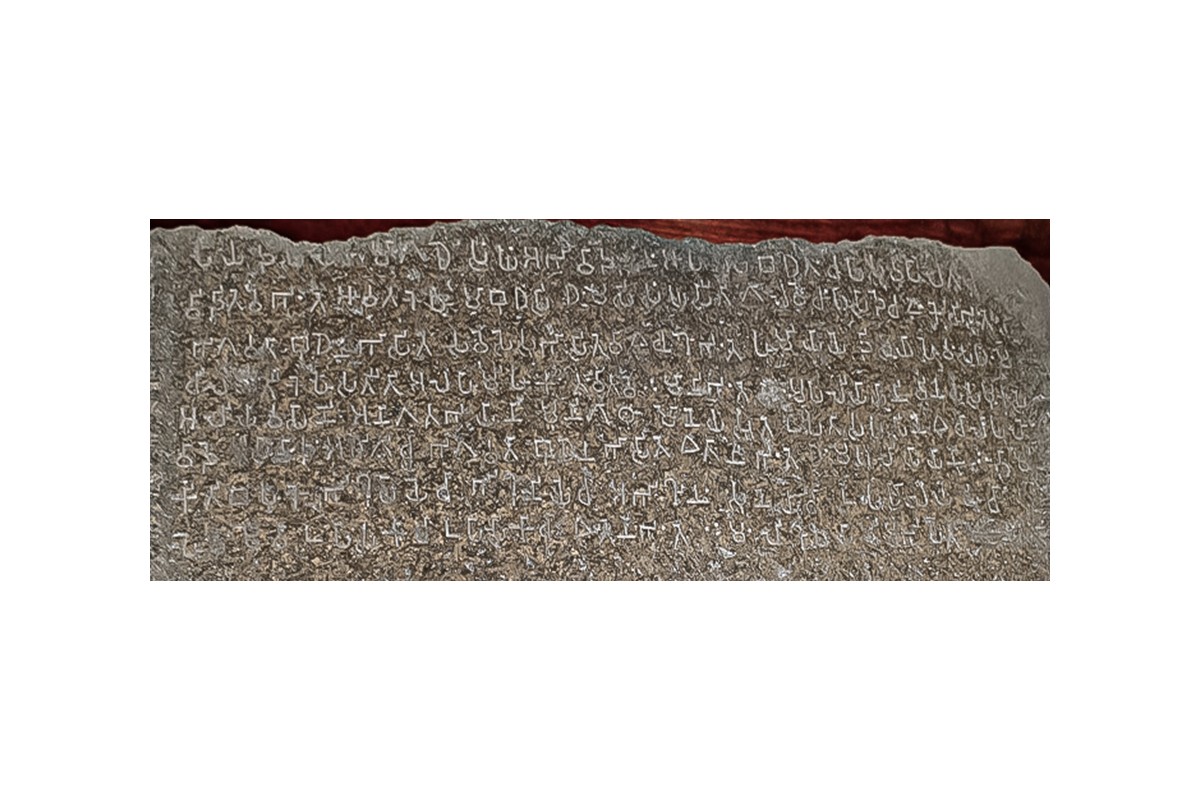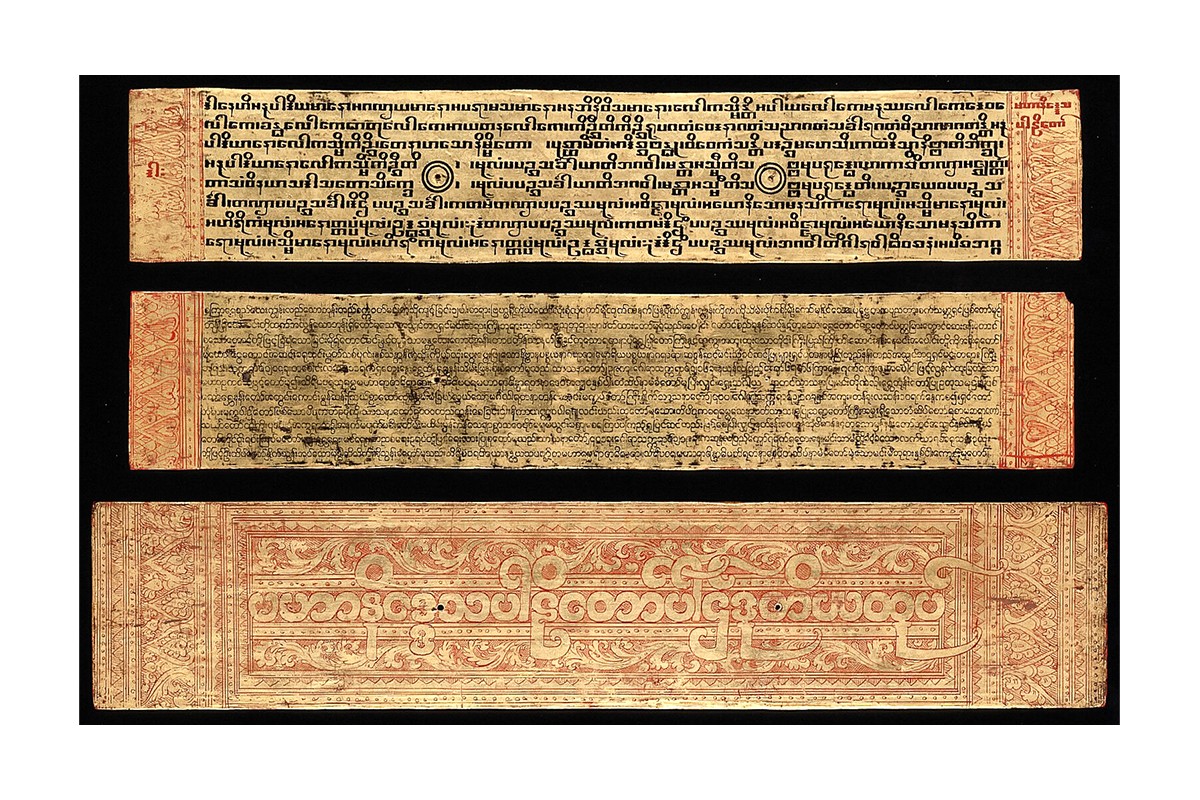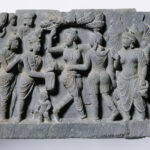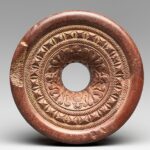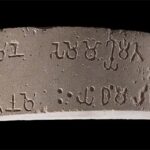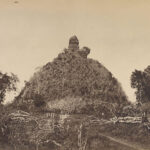The Pali Canon is Written Down in Sri Lanka
29 BCE
The Calcutta-Bairat Edict (Minor Rock Edict 3), commissioned by the Mauryan emperor Ashoka, urged both the priesthood and the common man to study the Buddha’s teachings, with a listing of scriptures. Orally preserved versions of these, believed to have been transmitted to present-day Sri Lanka during his reign, are written down on palm leaf, possibly during the fourth Buddhist Council in the country. This gives rise to a new written tradition that coexists with the extant practice of oral memorisation and recitation.
The Pali canon is considered the standard scripture of the Theravada school of Buddhism. Divided into three Pitakas or categories, the texts outline scripture related to the rules of the Sangha, or collective; sermons by the Buddha; and treatises on early Buddhist doctrines. This date is contested, as it is derived from the alleged oral transmission of the canon during the reign of Ashoka and from historical traditions from the Mahavamsa, or the history of Sri Lanka. The earliest complete commentary that covers the entire canon was first compiled by Buddhaghosa in the fourth and fifth centuries CE.
Bibliography
Collins, Steven. “What Is Literature in Pali?” In Literary Cultures in History: Reconstructions from South Asia, edited by Sheldon Pollock, 649–88. Berkeley, CA: University of California Press, 2003.
Gombrich, Richard F. Theravada Buddhism: A Social History from Ancient Benares to Modern Colombo. London: Routledge, 2006.
Feedback 
This entry appears in
Art in South Asia
Visit Timeline
Associated Timeline Events
First Published: March 11, 2024
Last Updated: August 5, 2024



